We’ve all indulged in some retail therapy. Had a bad day at work? Broken up with your boyfriend? PMS’ing? When shopping, we often seek pleasure to fill a void, hoping to boost our mood and feel a release of dopamine.
But what’s the science behind this so-called well-being practice? And does it really make you happier? We speak to brand consultant Saskia Wheeler who specialises in neuroaesthetics – the intersection between psychology, neuroscience and design – about the effects retail therapy has on your brain, and the level of satisfaction it actually brings.
What is Neuroaesthetics?
SW: Neuroaesthetics combines art and science to understand how our brains experience and respond to beauty and design. The field delves into brain processes that occur when we encounter sensorily stimulating objects, sounds or experiences across art, music, design and architecture, amongst other art forms. Research within neuroaesthetics aims to uncover how features such as form, colour, and patterns measurably change the brain and body, and how they evoke emotional responses.
Does retail therapy make us happier?
SW: Making a retail purchase triggers the release of dopamine in the brain. Dopamine is a reward chemical that spikes when we are motivated by a goal. When we see something we value, a part of the brain’s reward system lights up signalling the decision to want to achieve that goal (i.e buy that dress). When we go shopping our brains respond to novel designs and new in-store experiences, and when we see something we appreciate aesthetically, a part of the brain called the orbitofrontal cortex lights up. Visual displays, colour, lighting modulation and music in stores can contribute to enhanced visual attention and enrichment from the environment. This flooding of sensory stimuli can elevate levels of serotonin and dopamine in the brain leading to increased mood – and motivation to buy.
How long does happiness generally last when therapy shopping?
SW: This can be context-dependent on the value you place on the purchase. If it’s of low value and easily replaceable then it’s likely that the satisfaction and reward afterwards are less long-lasting. However, a valued investment, perhaps something you’ve wanted for a long time or saved up for, can make you happier because of the sustained work and patience that has gone into purchasing it. Reward and feelings of satisfaction work in relation to expectancy and perceived effort. If we expect to get a reward and this is fulfilled, the release of dopamine signals a feeling of attainment and satisfaction, and when more effort has gone into achieving that reward often the feeling of satisfaction lasts longer.
When do shopping habits go from being positive to addictive?
SW: When we start to overindulge in shopping, because the brain is used to receiving a certain level of dopamine regularly from shopping, it starts to expect and depend on shopping as a source of fulfilment. When we start to become reliant on this form of dopamine hits, it can lead to compulsive shopping behaviours. The trick is to not get addicted, and not to see retail therapy as a coping mechanism for other areas. Instead, see it as a nice treat – where shopping is something you enjoy in moderation but don’t depend on.
Is there a difference in impact when it comes to finding a deal vs a luxury investment?
SW: Fast fashion is associated with ease of purchase and replaceability and, as a result, purchase decisions can result from impulse. When it comes to finding a deal, the prefrontal cortex – which is responsible for rational thinking and impulse control – can be overridden by an immediate gratification system. When we’re conditioned to find immediate gratification and quick wins, it can lead to unnecessary spending habits, and make it harder to stay engaged in tasks that require sustained effort and delayed rewards. It’s similar to spending time on social media rather than reading, for example.
Luxury investments are likely to be a product of more rational decision-making than an impulse buy. As a result, we tend to value these purchases more because they involve weighing the longer-term benefits of buying against its cost. Because of the sustained dopamine release, this can lead to a greater sense of achievement and fulfilment than an impulse buy.
We may earn a commission if you buy something from any affiliate links on our site.
Lead image: RIXO

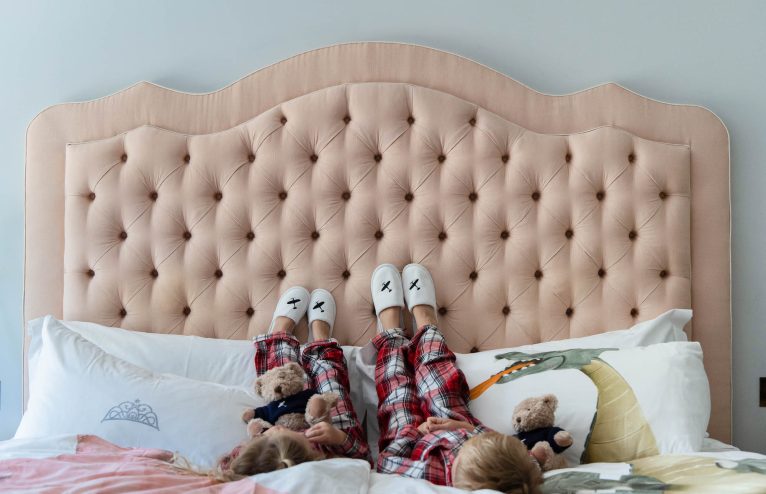

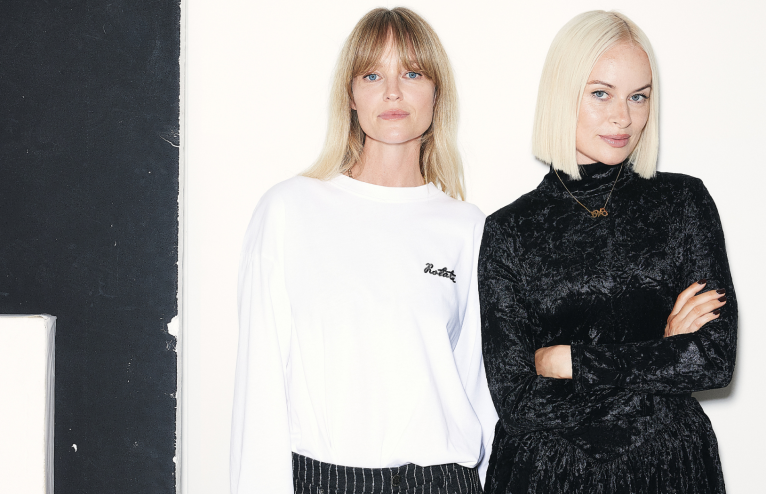


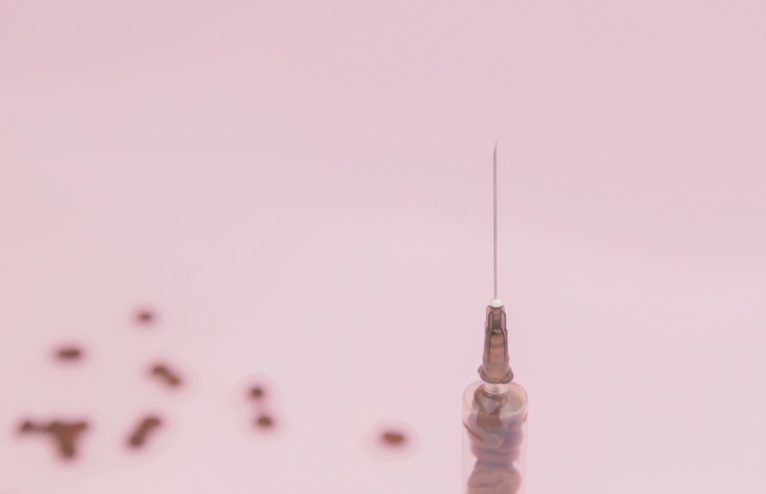
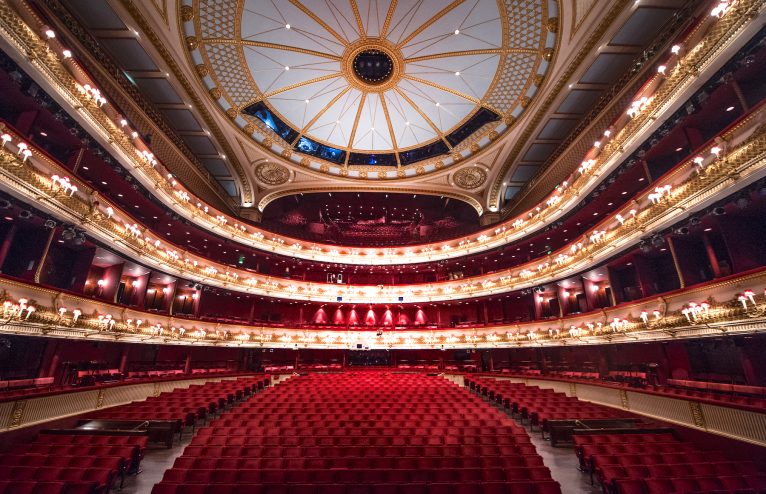
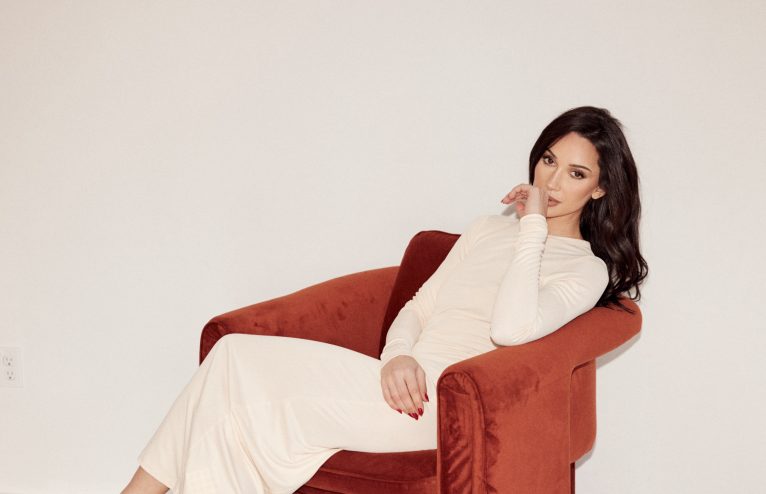












Any Questions or Tips to add?